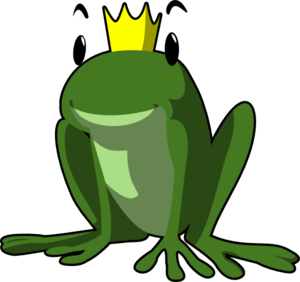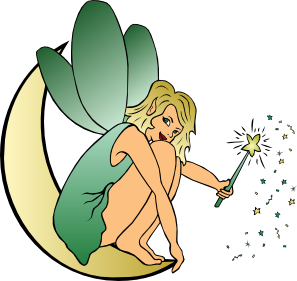Hello and welcome to part 1 of my fairy tale series!
Today, I want to explore what makes fairy tales so enchanting. The fairy tales we know and love today have persisted for thousands of years in millions of iterations. But why is this? The stories in the recently published "Turnip Princess" certainly have not carried the same meaning for us as Cinderella or Snow White. Disney has had some part in this, but they're only about a century old.
To answer this, think about your favorite movie and why you like it. Not the one you saw last week or the latest summer blockbuster. The one you reach for when you're feeling down and know all of the lines by heart. Chances care, it carries some meaning personal to you. Does it cheer you up? Give you hope? Present a worldview or way of life that speaks of truth in your own life?
The same is true of fairy tales.
To start, let's look at the main elements of fairy tales.
- A child starts out simply, but goes on to become a hero (protagonist)
- Villain (Antagonist)
- Magic saves the day
- Happily ever after
At first glance, it doesn't seem like any of these elements could possibly be relevant to us. After all, magic doesn't exist and can anyone say we've yet found our happy ending? In truth, just like most heroes, fairy tales' apparent simplicity belies great wisdom. So much so that modern creators are taking these themes and creating their own fairy tales. Star Wars springs to mind. (A long time ago, in a galaxy far, far away...)
Through the Eyes of a Child
Children especially love fairy tales because they can relate to them.
 Psychological theory tells us that young children experience animism, or the belief that everything is alive. As educators, I'm sure you've witnessed children talking to a favorite stuffed animal or being afraid of a scary mask. In fairy tales, then, talking animals come across as very natural and even friendly. They are a common motif as helpers and companions. In Grimm's Cinderella, birds help Cinderella complete her difficult tasks; in Hansel and Gretel, they are used as guides. Animals can also represent what's scary for children, such as the Wolf in Little Red Riding Hood and the Beast in Beauty and the Beast.
Psychological theory tells us that young children experience animism, or the belief that everything is alive. As educators, I'm sure you've witnessed children talking to a favorite stuffed animal or being afraid of a scary mask. In fairy tales, then, talking animals come across as very natural and even friendly. They are a common motif as helpers and companions. In Grimm's Cinderella, birds help Cinderella complete her difficult tasks; in Hansel and Gretel, they are used as guides. Animals can also represent what's scary for children, such as the Wolf in Little Red Riding Hood and the Beast in Beauty and the Beast.
 Magic
Magic
As for magic, there's a saying that magic is simply what we don't yet understand 1. Young children certainly don't yet understand how everything works. In their world, plates of food suddenly appear when it's mealtime. A car that may as well be a magic coach transports them from place to place. As they play, they invent fantastic scenarios in their imaginations. It's also true that the fairy tales we're familiar with were told long before modern scientific marvels such as automobiles. Fairy tales, then, rely not on science, but on deep-seated beliefs of the region and magical constructs. Even Star Wars, created in the 70s, introduces the mystical concept of the Force, which defies scientific explanation. (The prequels don't count for the purposes of this article). Other modern fairy tales may include science fiction or something just beyond our grasp. It is that sense of wonder that children naturally possess that allows the hearer of the story to suspend disbelief and skepticism for a little while. The Hero
Finally, the Hero. In his book, Bettelheim brings to the surface an idea I had never considered. In fairy tales, the hero is usually the youngest child or a simpleton, looked down on by everyone. Now think about the child: younger than everyone else in their world, looked down on by adults, and generally thought of by many as being ignorant of the ways of the world. They may have siblings who they feel treat them as cruelly as Cinderella's stepsisters or invoke jealousy as in Puss and Boots. As they play, then, is it any wonder that they often act out superhero stories and cast themselves as the hero?
So you see, fairy tales start where the children already are and form that initial connection, which is essential for learning.
Learning what? The answer is one that intrigued me so much, it inspired this entire series of blog posts. Unfortunately, it also takes a bit more time than we have right now. I'll simply say that the role of the villain in a child's life strikes closer to home than many of us would like.









0 comments:
Post a Comment